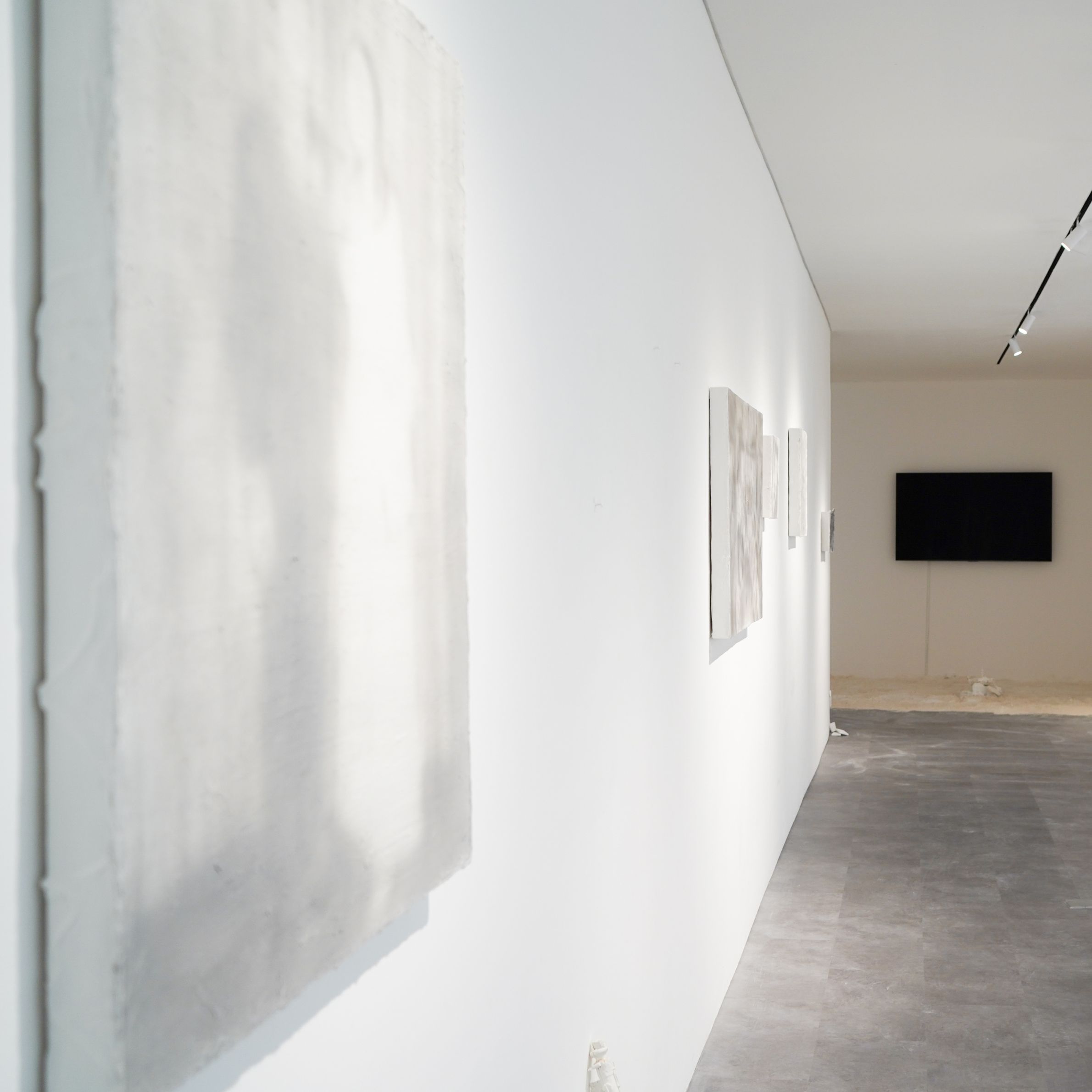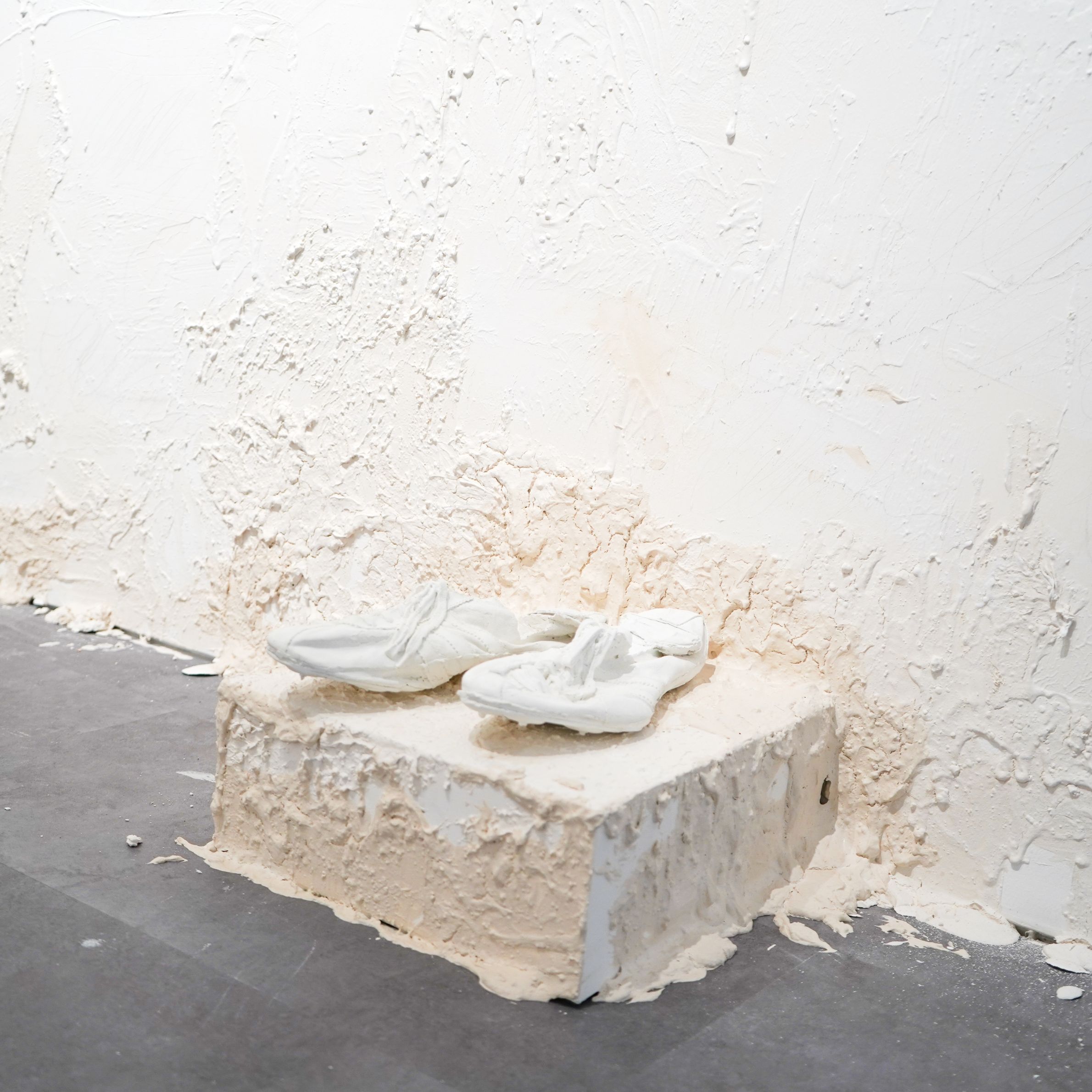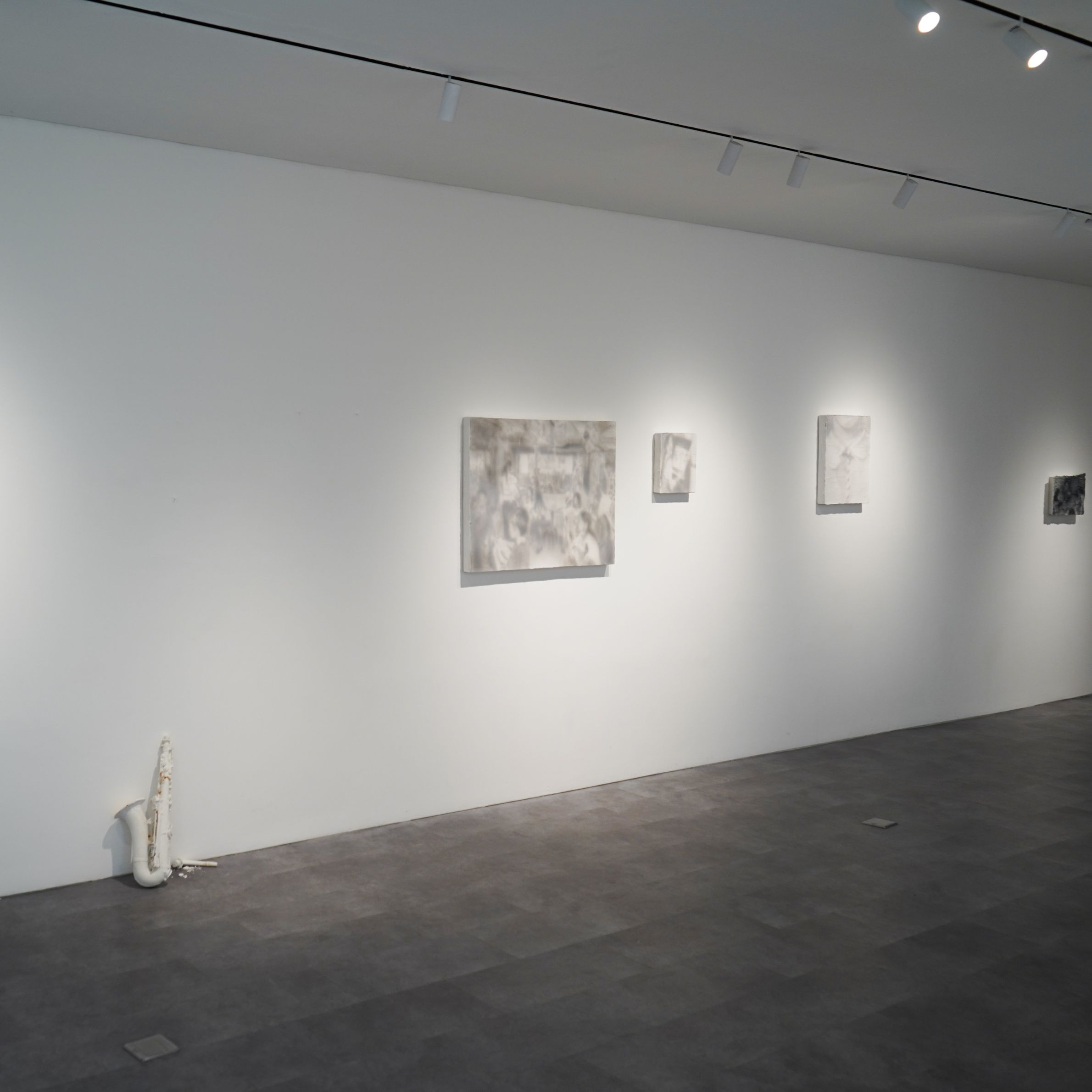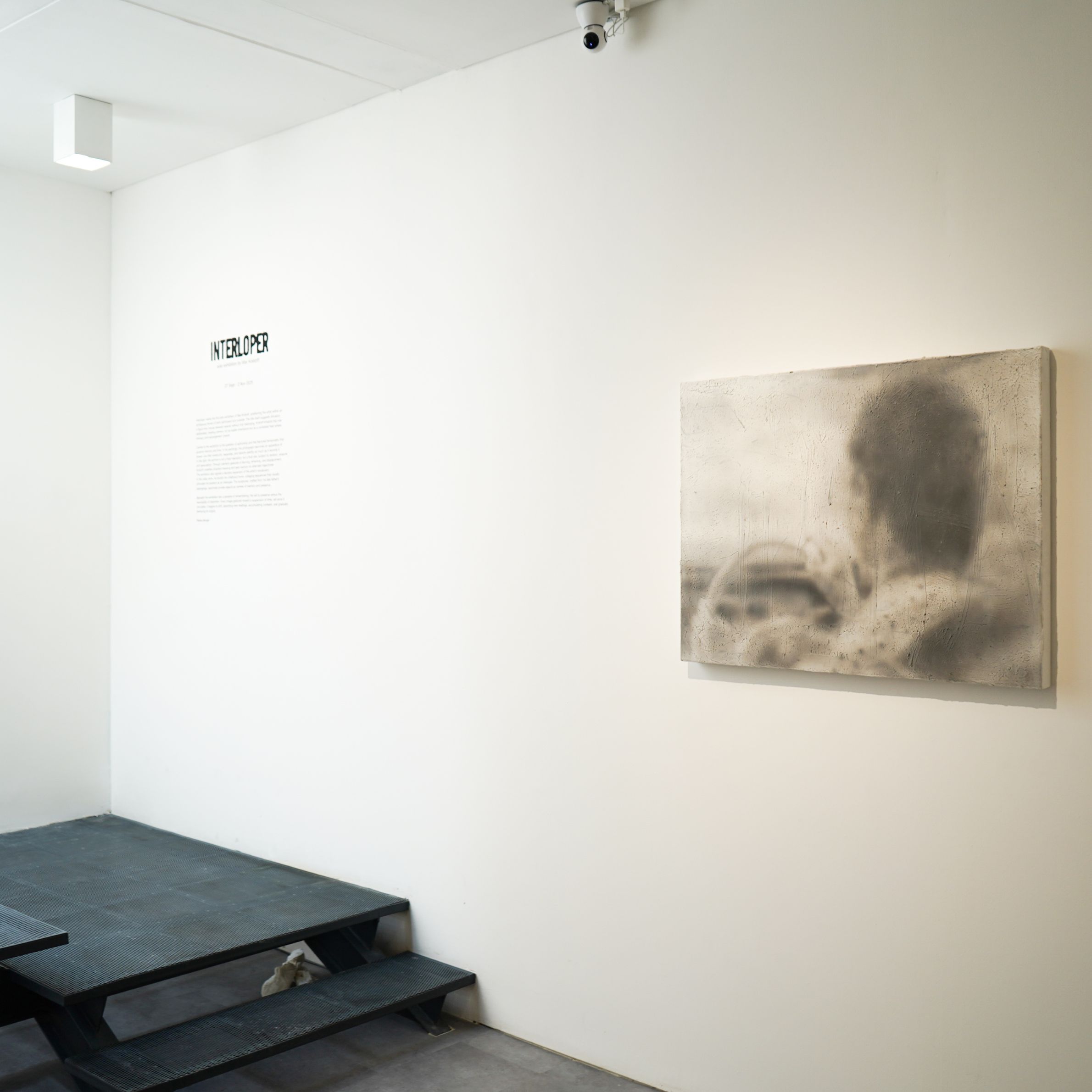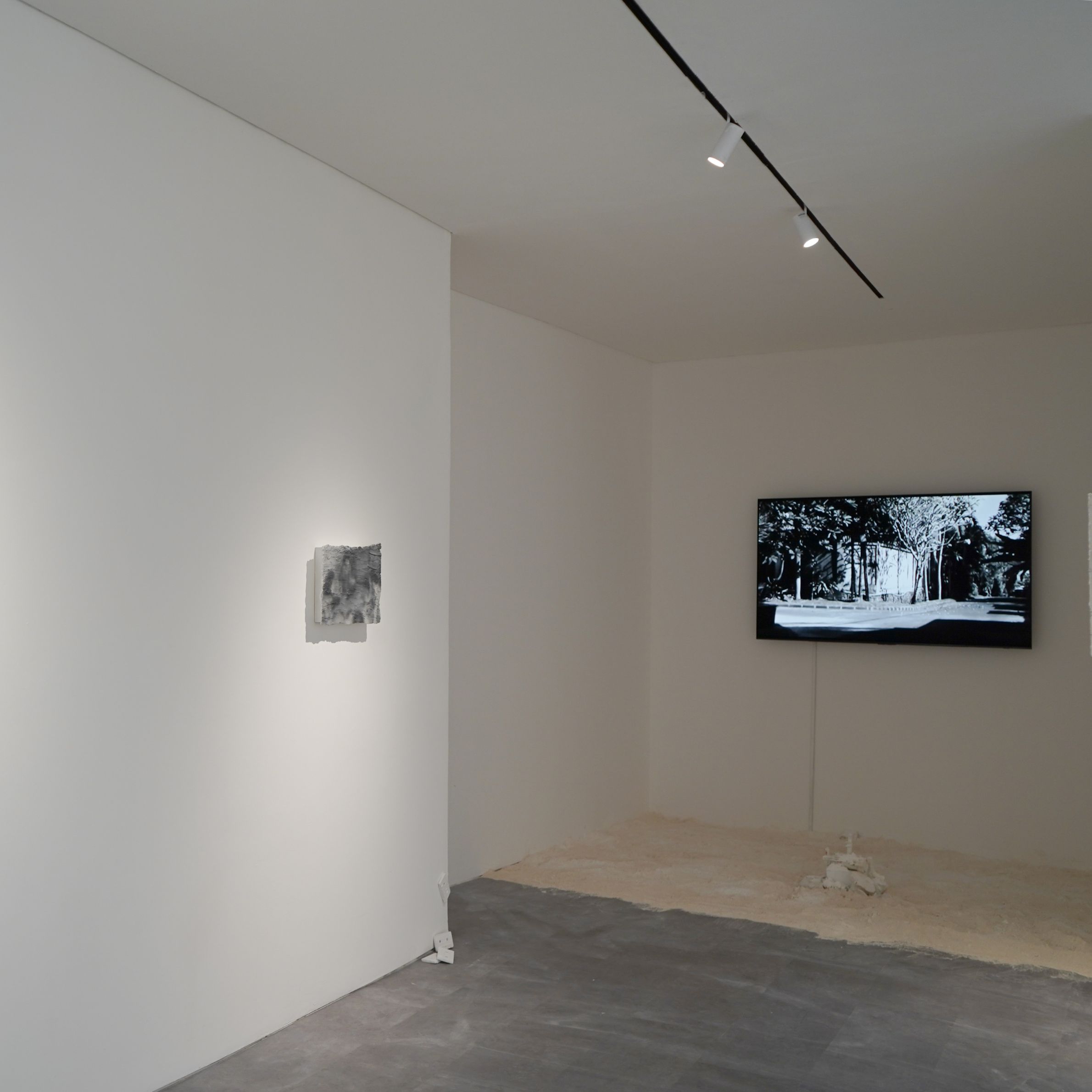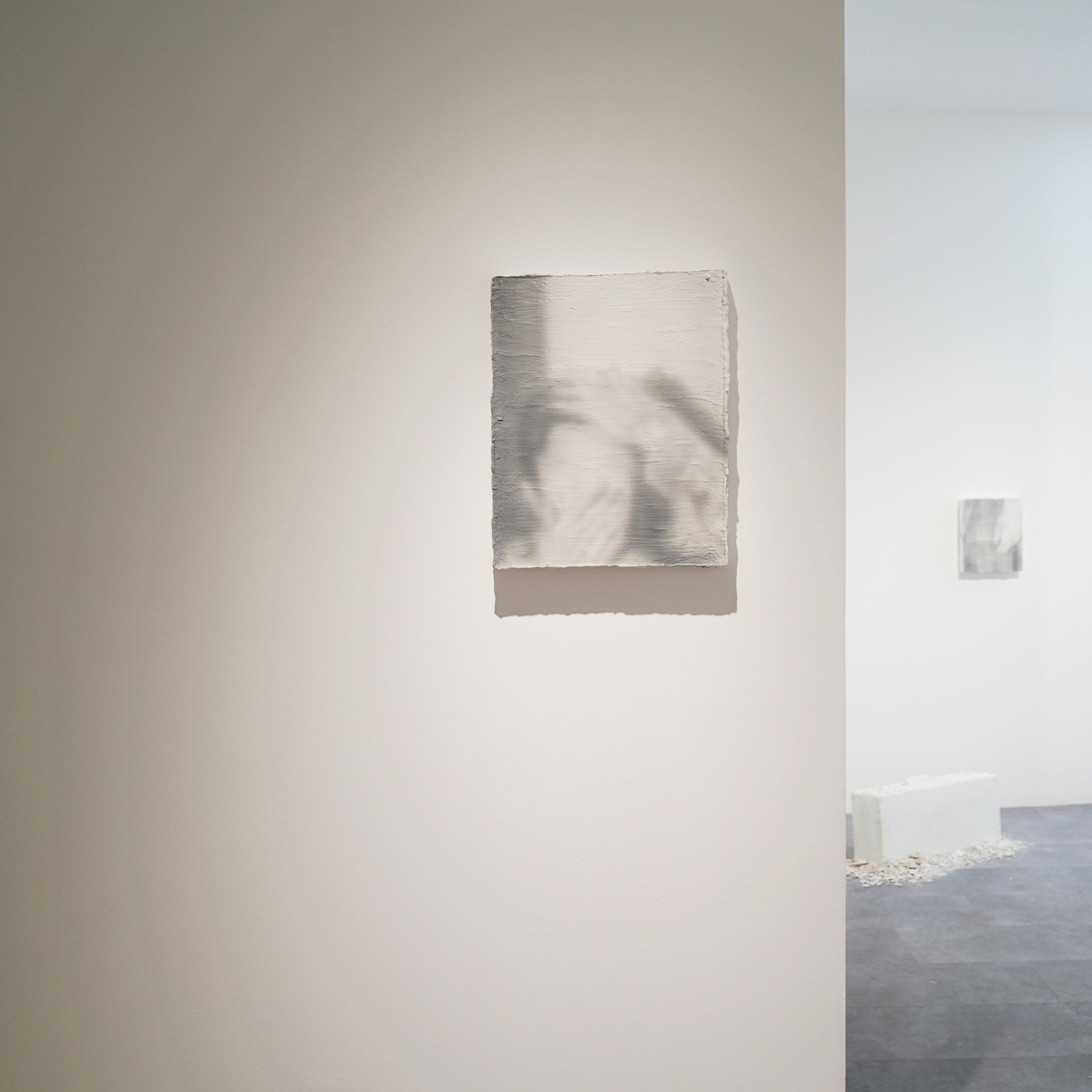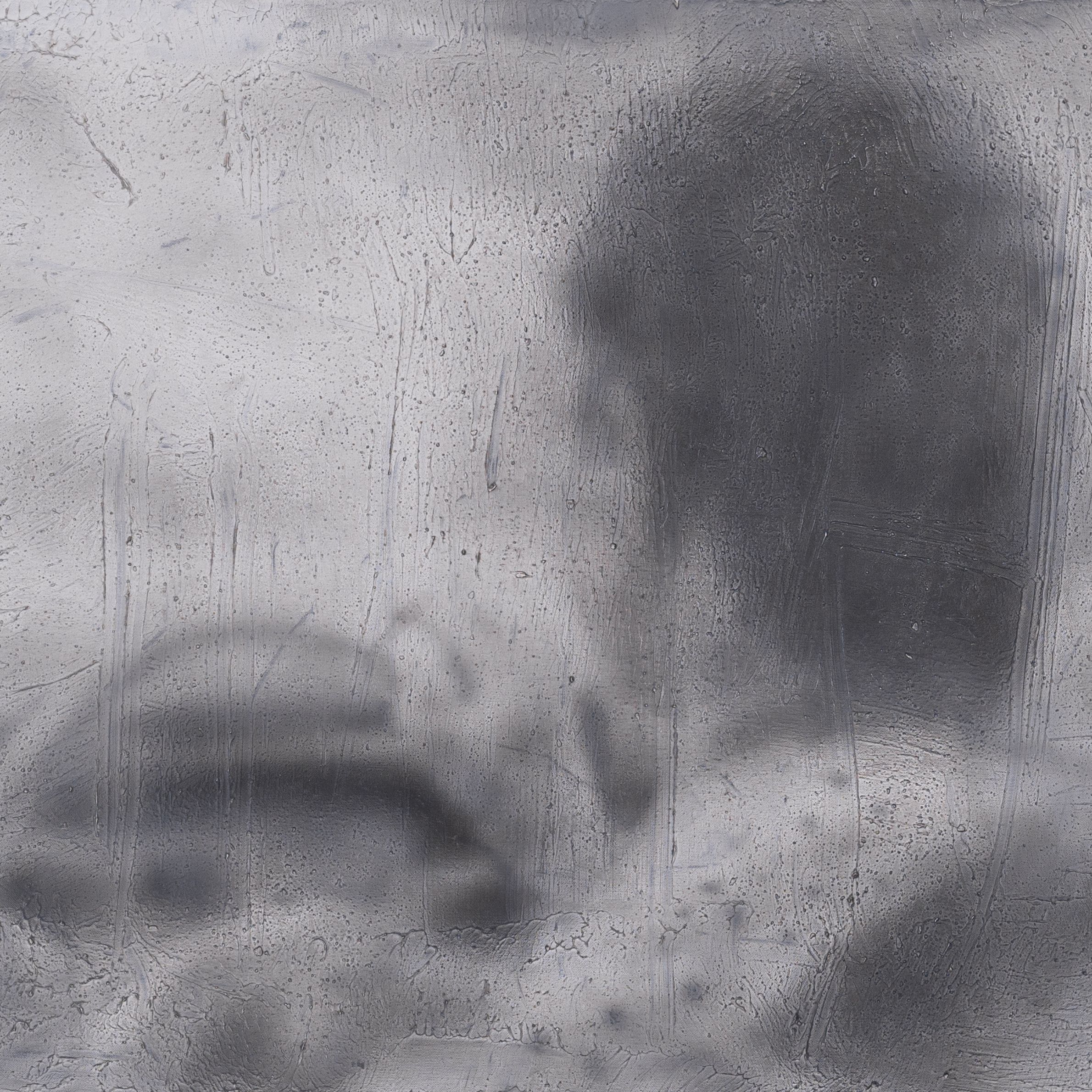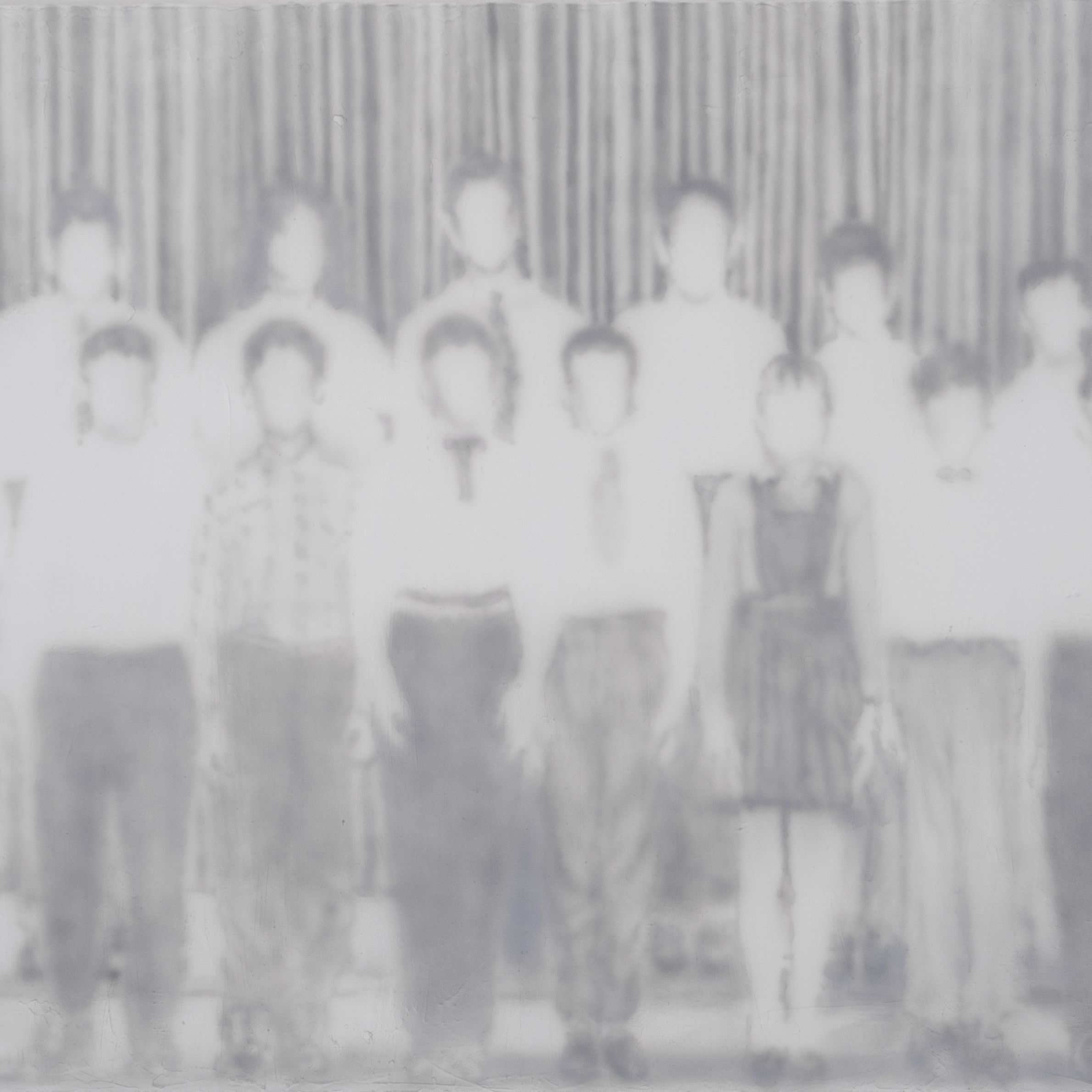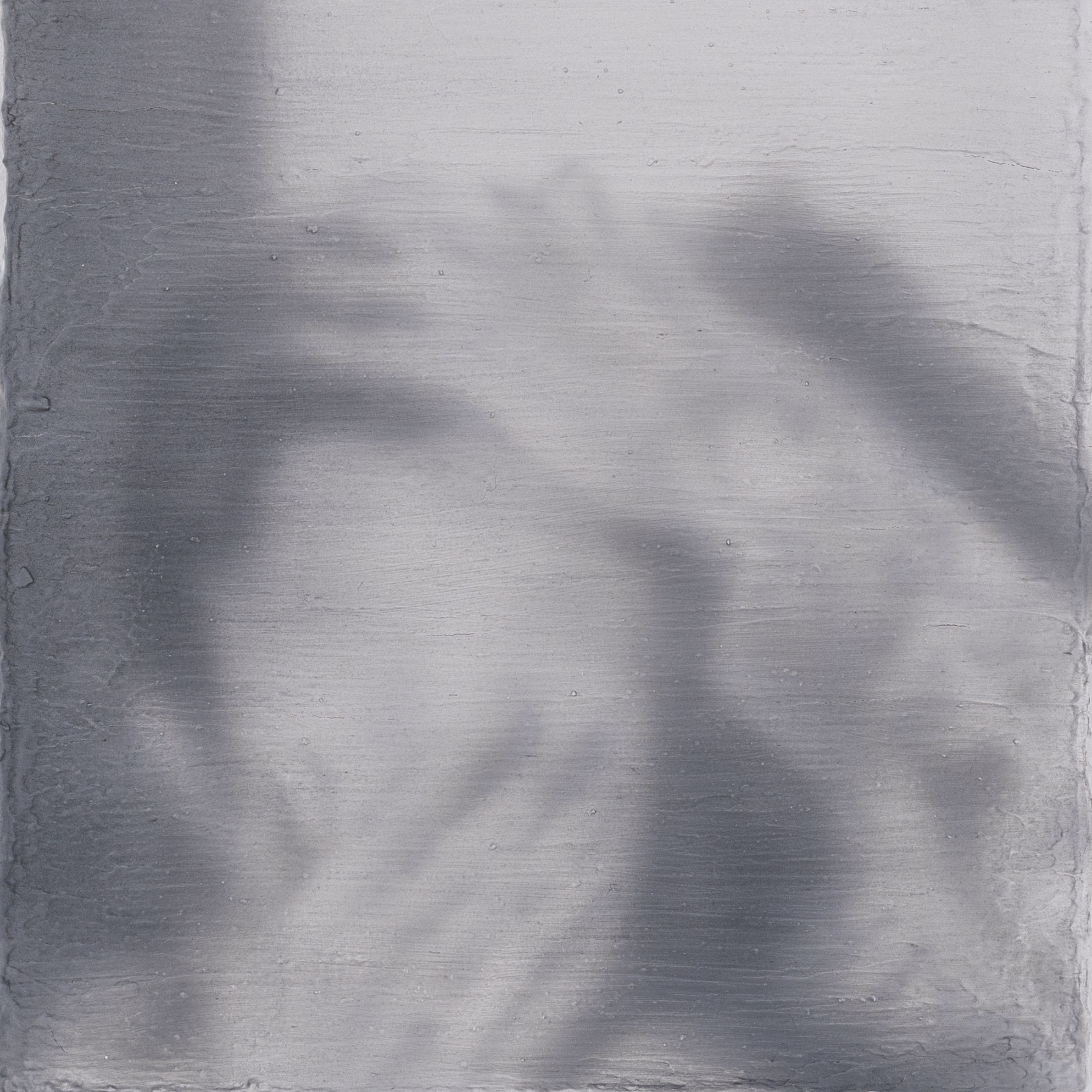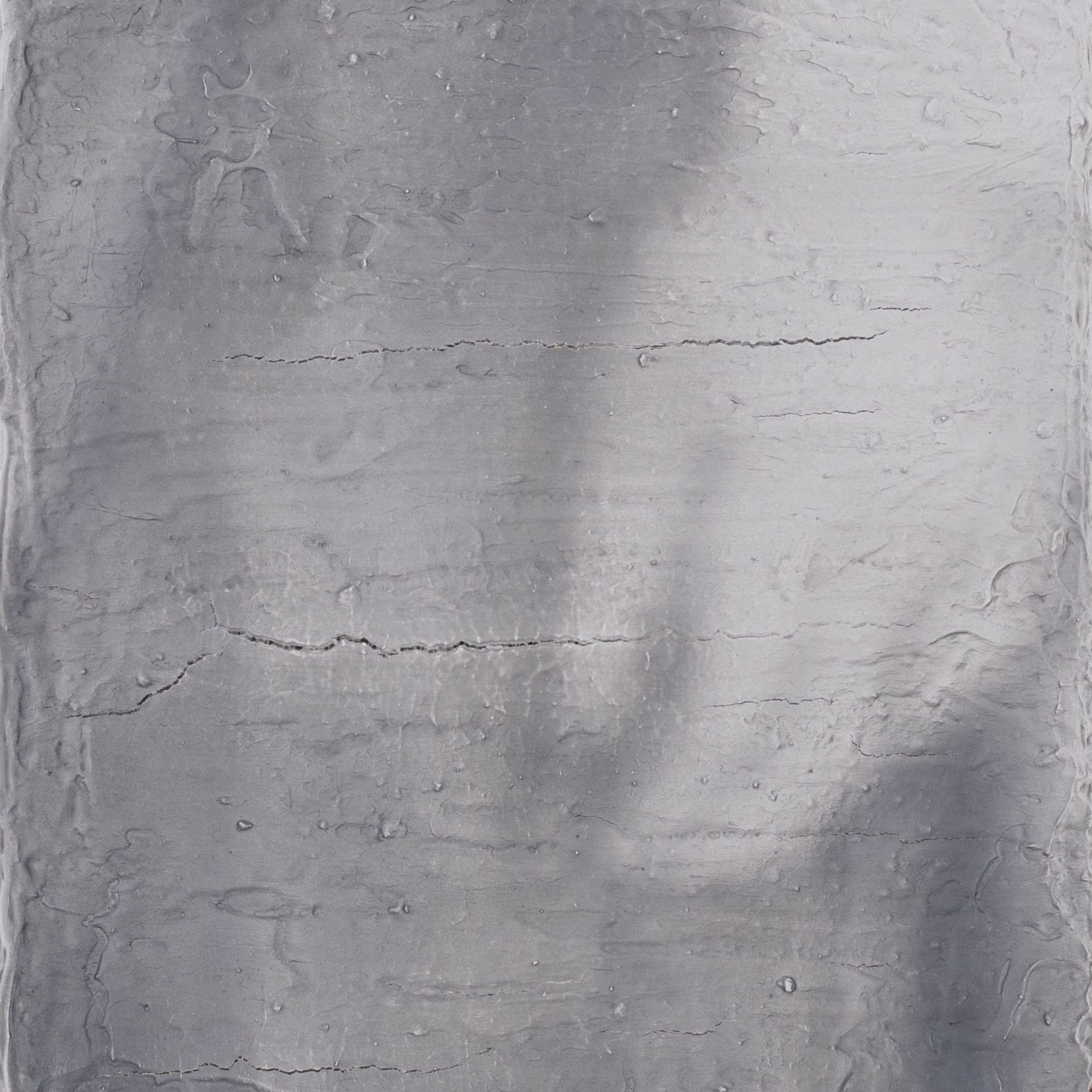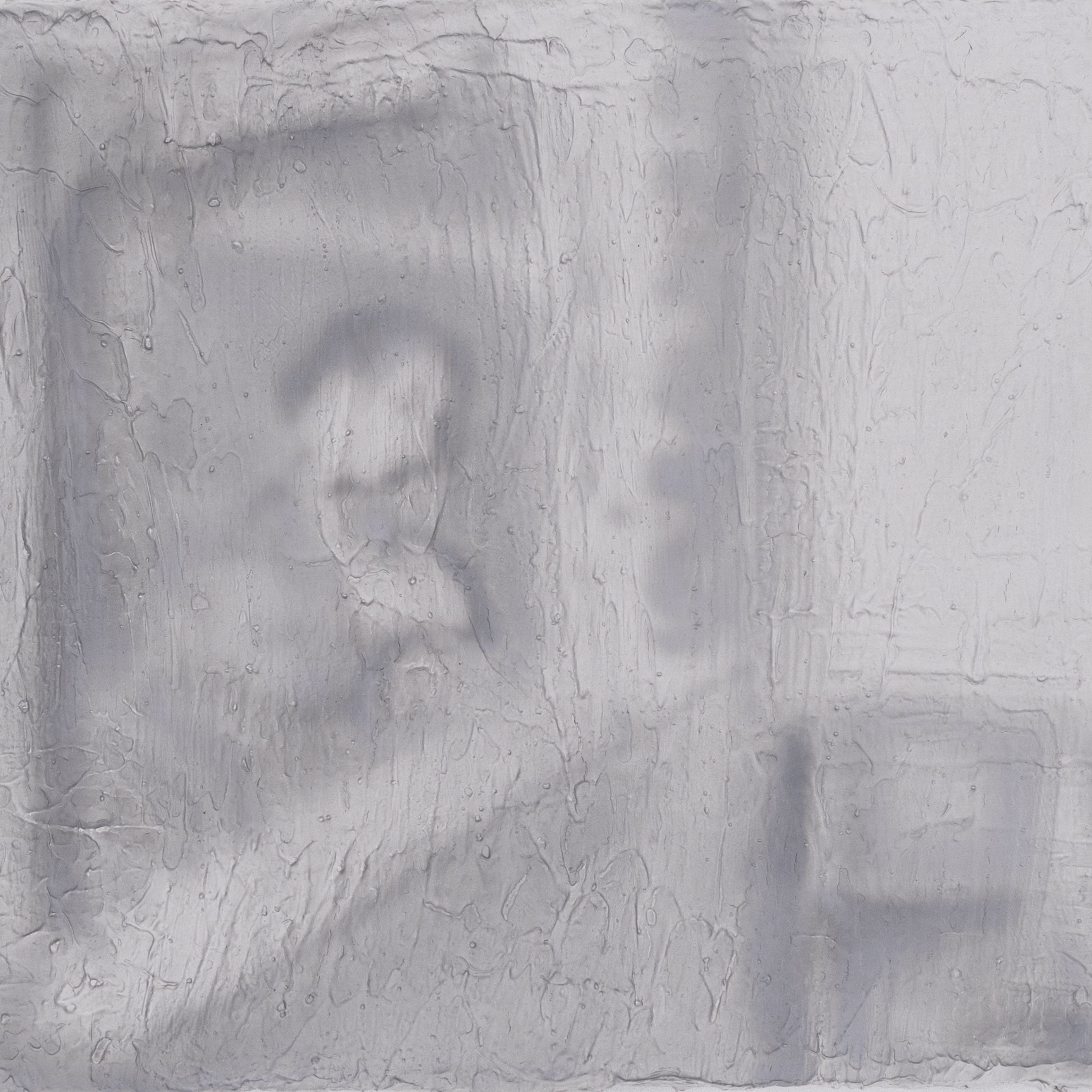Interloper
27 September - 2 November 2025
Focus Gallery, ara contemporary
Interloper marks the first solo exhibition of Mar Kristoff, positioning the artist within an ambiguous terrain of both participant and outsider. The title itself suggests intrusion, a figure who moves between spaces without fully belonging. Kristoff inhabits this role deliberately, treating memory not as stable inheritance but as a contested field where intimacy and estrangement coexist.
Central to the exhibition is the question of authorship and the fractured temporality that governs memory and time. Working with family photographs and found objects, Kristoff resists treating as a transparent vessel of memory. In his paintings, the photograph becomes an apparatus of power: one that constructs, separates, and distorts identity as much as it records it. In this light, the archive is not a fixed repository but a fluid site, subject to revision, erasure, and speculation. Through painterly gestures of blurring, reframing, and displacement, Kristoff unsettles inherited meaning and sets memory on alternate trajectories.
Photographs once confined to the familial album, formerly objects of sentimentality and inheritance, are displaced into the institutional frame of the gallery, where their status becomes newly unstable. Their circulation raises unresolved questions: Who owns an image? Who is entitled to narrate it? Whose truth is made visible? By foregrounding this instability, Kristoff underscores the politics embedded within the image itself. The photograph, as mediated through his paintings, ceases to operate as a passive record and emerges instead as an active instrument of negotiation between memory and fabrication.
Interloper also signals a decisive expansion of the artist's vocabulary. While painting remains central, the exhibition introduces moving images and sculpture into his practice for the first time. In the video work, he revisits his childhood home, collaging sequences that visually articulate his position as an interloper. The sculptures, crafted from his late father's belongings, reanimate private objects as carriers of memory and presence. Having long worked through the personal archive, Kristoff approaches loss here with greater immediacy, mapping the fragile bonds of kinship and the ways intimate histories unfold and multiply across shifting, interpenetrating forms.
Beneath the exhibition lies a paradox of remembering: the will to preserve versus the inevitability of distortion. Every image gestures toward a suspension of time, yet once it circulates, it begins to drift, absorbing new readings, accumulating contexts, and gradually betraying its origins. Kristoff does not resolve this tension, he amplifies it. The result is a portrait of memory not as a static archive but as a living, mutable process: discontinuous, volatile, and perpetually unresolved.
Artists
Artworks
Media Links

